Eye Scan Smartphone App with Vision Test: Just as Good as Eye Charts
Smartphones have provided many smart, cheap and good ways for people and their doctors to do medical checks. Medical smartphone apps are particularly appealing for use in third-world countries. They are also very useful for self-diagnosis and ongoing management of medical conditions when patients and doctors can be connected using the Internet.
A new app has been developed that can be used to do simple vision acuity tests in ways that replace the conventional and outdated eye charts. Similarly a lens device that can be slipped over the camera eyepiece allows images to be taken at the back of the eye. These images can be used to check the health of the retina and for signs of cataracts. The app is under development by researchers at the London School of Hygiene and Tropical Medicine. This article reviews the device and the published results for trials conducted on 233 people in Kenya.
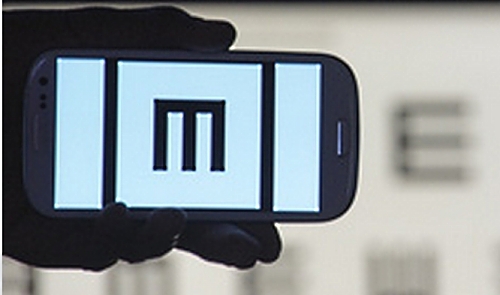
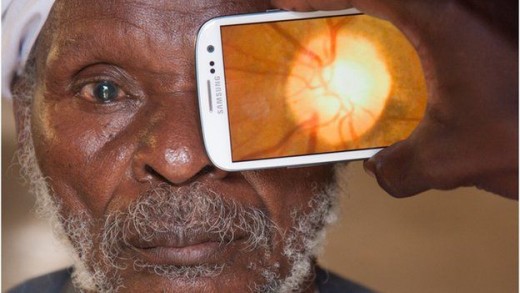
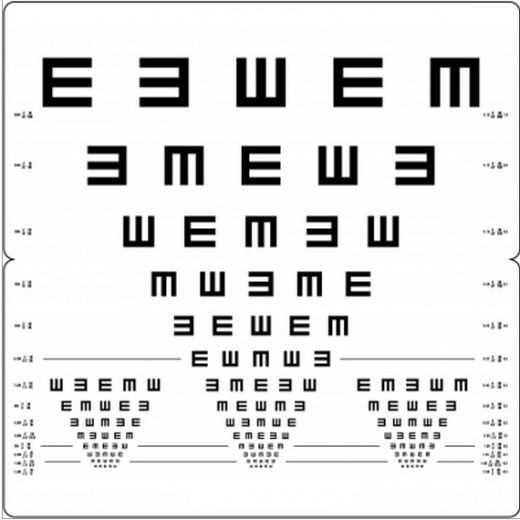
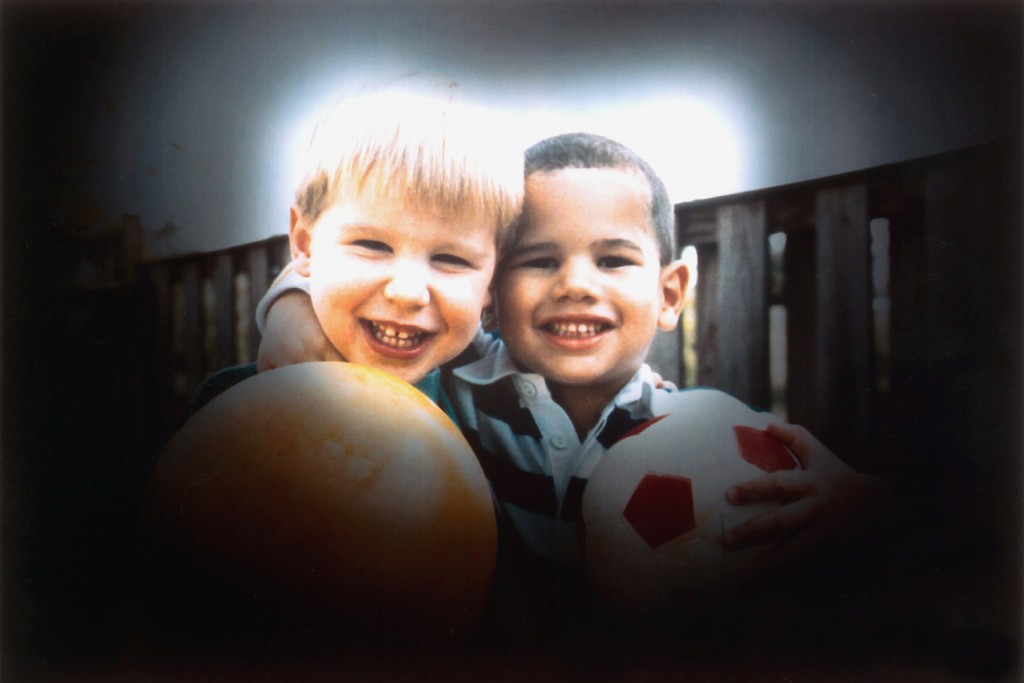
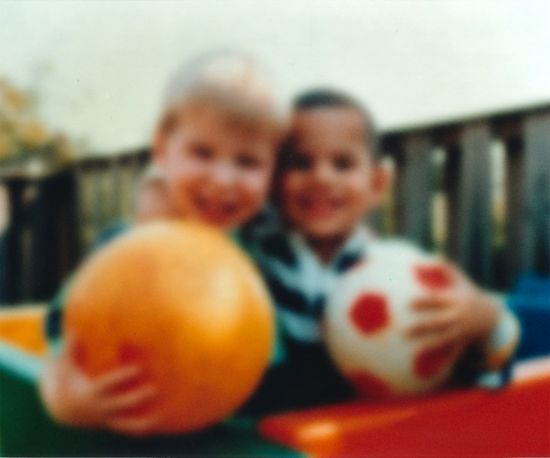
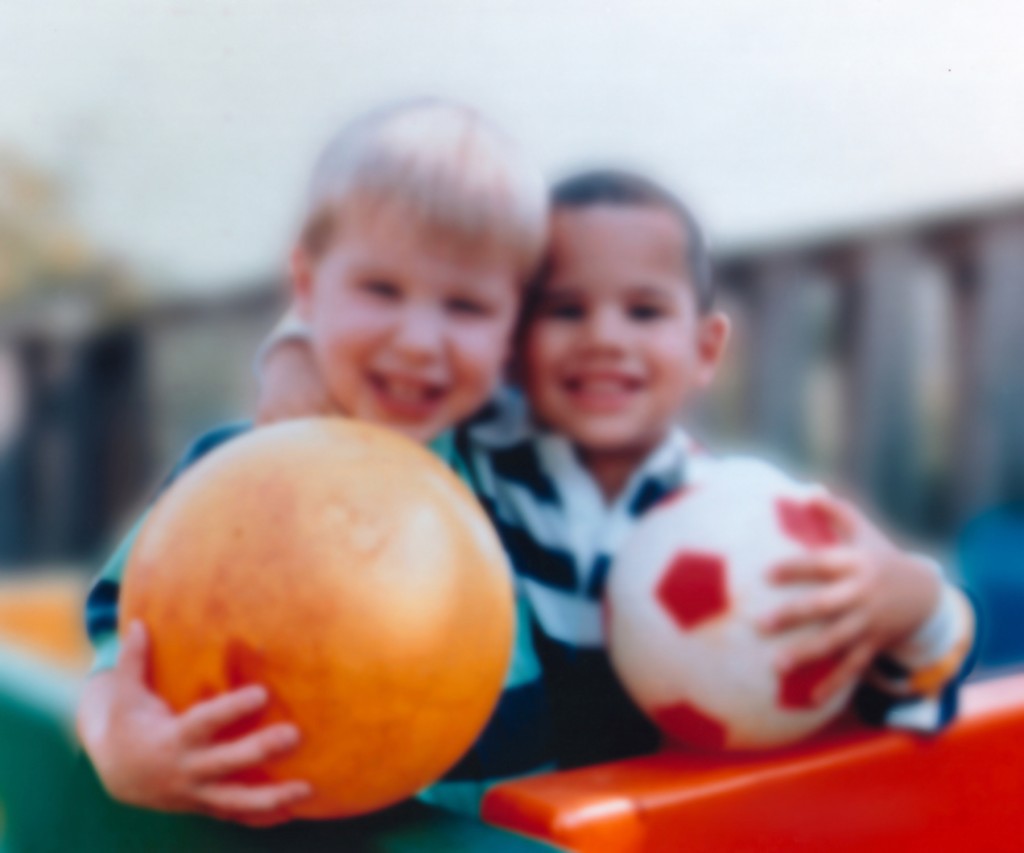
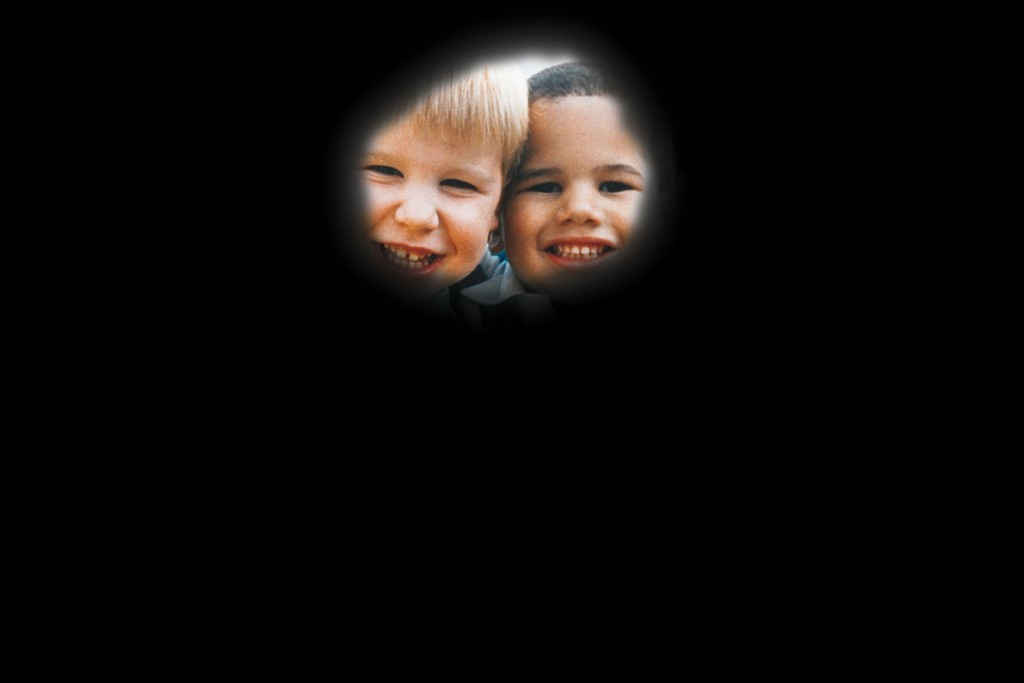

The team of researchers developed modifications to a smartphone and an app for conducting a series of eye tests that could be done by people in remote areas as well as doctors in their surgeries to conduct simply eye tests.
The aim was to develop a portable device that could be used with minimal training.
The Portable Eye Examination Kit (Peek) they developed uses the phone's camera to conduct a preliminary scan of the eye lens of the eye for cataracts.
The "Acuity App" in the kit displays a letter on a screen that can be progressively shrunk in size to provide a basic vision test.
The kit also uses the camera's flash to illuminate the back of the eye and take pictures that can be used to check for diseases and the health of the retina.
Visual Acuity Test
During the trials in Kenya the results of the 'Peek' Acuity test were compared with follow-up tests on the same people using the conventional Snellen chart and the recently developed ETDRS-based tumbling E logMAR chart.
The tumbling E charts are printed with the capital letter "E" turned in different orientations (see the image), to create the so-called 'Tumbling E' Chart. The patient simply indicates which direction each "E" is facing. These charts are easier to use in third-world countries and with children. These charts have been used for population-based glaucoma survey in Thailand.
The results of the study in Kenya showed that smartphone-based acuity test agreed very closely with those of the ETDRS and Snellen charts.
The Kenyan community health care workers in the local readily accepted the Peek Acuity smartphone test. It required minimal training and took no longer than the Snellen test.
The results on scanning the retina of subjects in Kenya are yet to be published.
The International Agency for the Prevention of Blindness has suggested the app could be a "game changer". It also has the potential to be used in doctors surgeries in the UK and US, and other countries for preliminary eye test and eye problem diagnosis. People with potential problems can be referred to eye specialists.
Many people throughout the world do not have access to, nor have the money to pay for conventional eye test. It also means that potential problems can be detected early with better outcomes. The phone is relatively cheap, costing around £300. Prices may be reduced in full scale production.